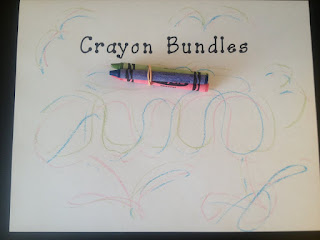What if someone says that circle time is a waste of time?
Oral language– Children learn to feel comfortable talking in a group and expressing their thoughts and opinions. They also learn to listen to their classmates and respect their ideas.
Literacy skills– Alphabet songs, phonological awareness activities, choral reading, nursery rhymes, finger plays, daily message, and classroom print can be highlighted at circle time.
Math concepts– Talking about the calendar, counting the friends present, comparing sizes, or discussing shapes can be a meaningful part of circle time.
Executive function– As children learn to sit quietly and participate in a group they are developing self-regulation. There is also a beginning and an end to the routine.
Classroom management– This is a time when the teacher can reinforce simple skills, explain classroom activities, review the daily schedule, and model expectations.
Social skills– Learning to take turns and listen to classmates is expected in circle time. As children sing songs together or say rhymes or finger plays they can have fun with their friends. At this group time you can brainstorm classroom problems – tattling, hurting someone’s feelings, pushing in line, etc.
Emotional skills– In circle time all children can be accepted and valued for their individuality. Feelings that we are all different, but that’s O.K., are of primary focus.
Physical skills– Dances and movement songs release wiggles and oxygenate the brain. Cross-lateral activities activate the brain and get it ready to learn.
Science & Social Studies– Talking about the weather, the leaves changing colors, the different ways families celebrate, classroom pets, and real events in the children’s world are meaningful topics at circle time. Specific themes and units of study can also be integrated into this large group time.
Fall in Love with Books- Circle time can be used for book walks, talks, themes, and bibliotherapy.
This is a precious song to gather the children and make a circle. It goes to the tune of “Lassie and Laddie.” Take the hands of several children and slowly walk in a circle as you sing.
We can make a circle, a circle, a circle.
We can make a circle and hold hands right now.
Hold hands with a friend, a circle never ends.
We can make a circle and hold hands right now.
Hint! Continue singing the song until all the children have joined hands to make a circle. Sit down and you’re ready to begin.




















































